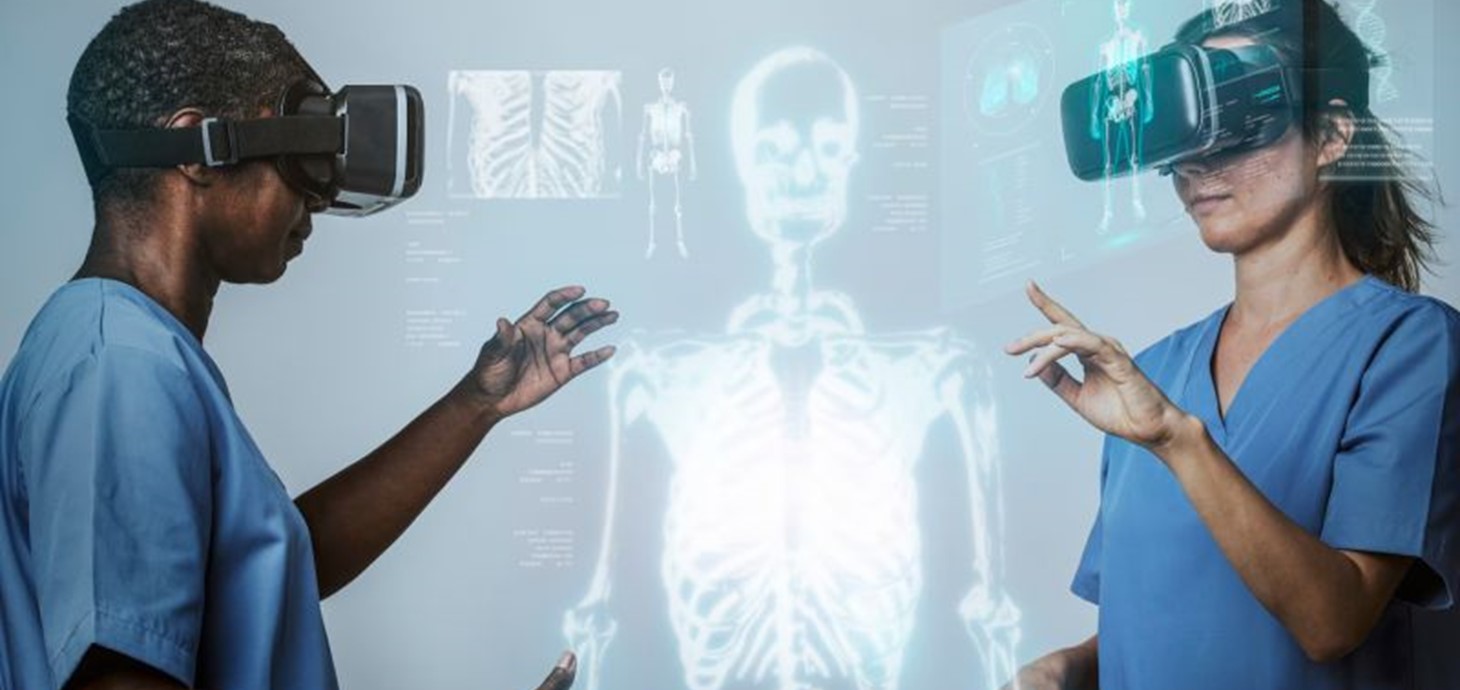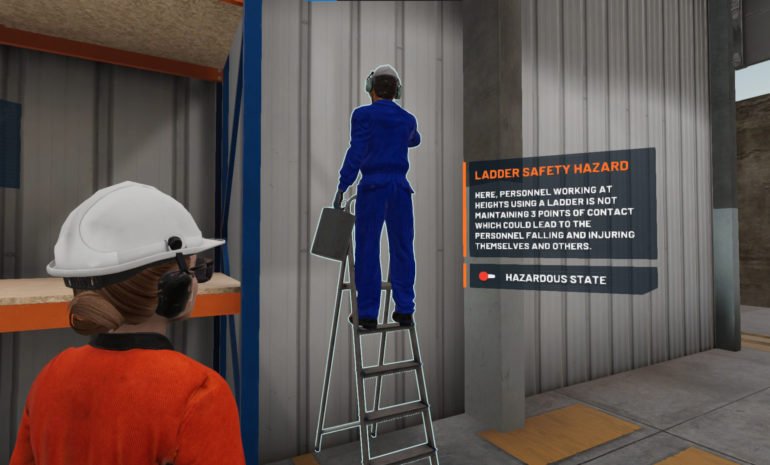Training and education are undergoing dramatic transformations in an era defined by technological innovation. Consider a medical student, say at the University of Ibadan in Nigeria, preparing to be a surgeon, passionate to face the harsh rigour of the profession—endless hours, intricate surgical procedures, and the weight of patients’ well-being on your shoulders.
To avoid inflicting harm on patient, medical students historically use cadavers in their training. Instead of using cadavers, a training method which may not be able to effectively simulate real life scenarios, virtual reality provides an opportunity to train these aspiring surgeons in a virtual surgical theaters that truly simulate an actual surgical procedures. So, instead of being thrown into the crucible of physically and intellectually challenging environment, the professor throws you a VR headset. You go from the classroom to the digital domain in an instant, where lifelike simulations of various surgical scenarios play out.
This is the essence of training with virtual reality, a paradigm that is reshaping education and skill development. In this article, we will give you with a short guide to using VR as a revolutionary training tool.
What is Virtual Reality Training?
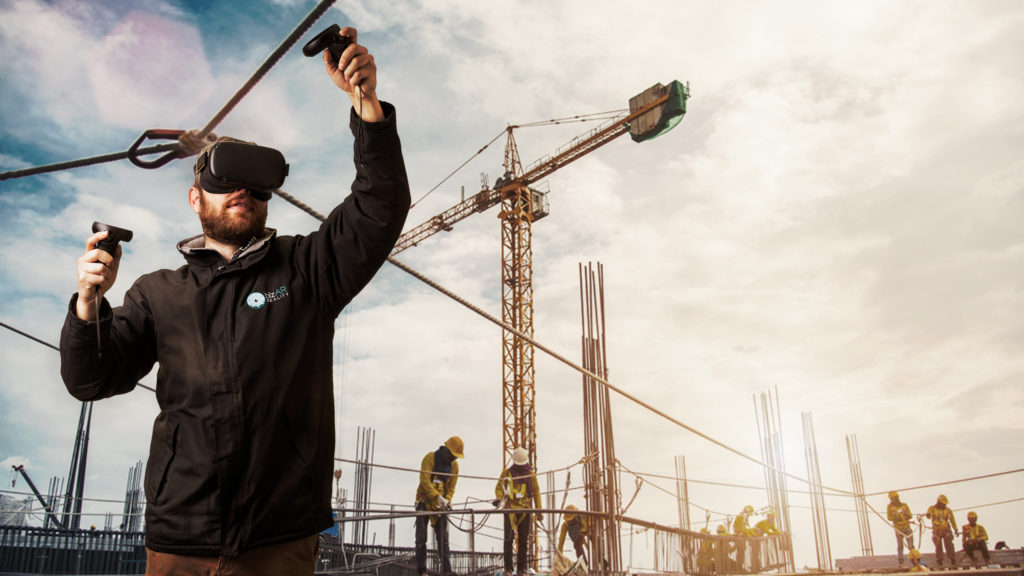
Virtual reality training is an innovative instructional technique that immerses students and learners in digital simulations of real-world settings. These advanced simulations are created with computer software and specialised instruments, allowing individuals to engage in training that does not require actual connection with the real world.
Despite the fact that this training is purely digital, the immersive environment is so strong that participants truly feel as if they are physically present within the simulated setting. Interaction with virtual objects, manipulation of digital materials, and real-time decision-making within the VR environment are all part of the training process.
This technology allows students to practise activities, refine problem-solving skills, and cultivate skills in a safe and controlled environment. Virtual reality training provides a dynamic and risk-free environment for learning.
How to Use Virtual Reality (VR) for Training
Virtual reality (VR) training is a top choice for people and teams looking for a highly effective, entertaining, and all-encompassing approach to skill development. VR training not only provides an immersive learning experience, but it also reduces the inherent hazards connected with real-world training scenarios.
The following step-by-step tutorial gives a path to commence your training activity with this new technology for individuals seeking to embark on a VR training journey.
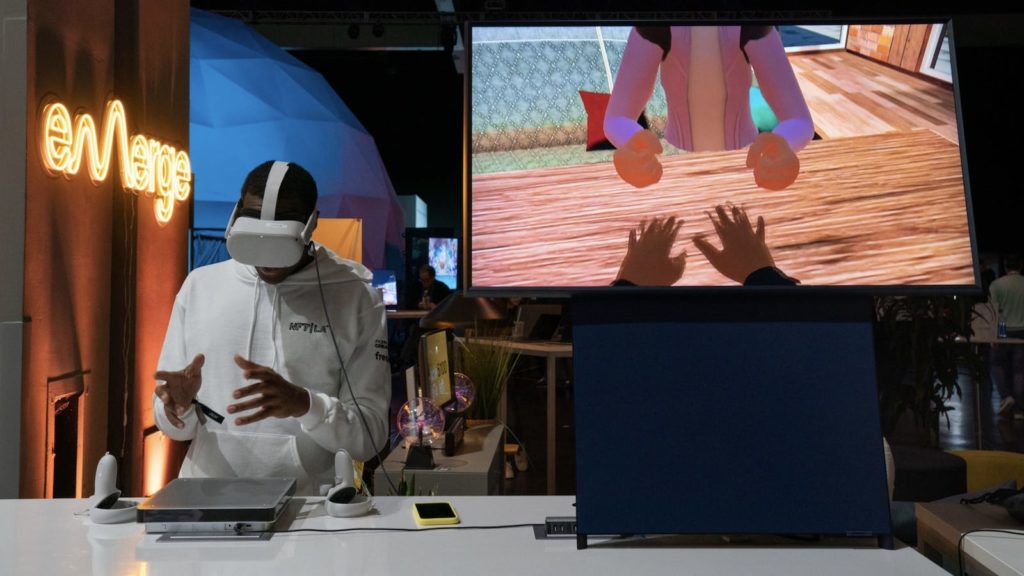
Step 1. Identify your training needs
The first critical step in launching a successful VR training endeavour is to precisely identify your training objectives and requirements.
Goals of Training: Begin by defining the primary goals and objectives of your training programme. Determine whether your training will emphasise procedural guiding, in which participants are guided through step-by-step processes, or scenario-based immersion, in which they are immersed in a variety of lifelike scenarios. For instance, are you modelling a police reaction to an emergency?
Participant Count: Consider the number of people who will be participating in the training. The number of participants has a considerable impact on the VR equipment chosen, the physical space that may be needed, and the overall logistical aspects of your training programme.
Budgeting and Cost Estimation: Once you’ve identified your training requirements, undertake a thorough cost analysis. Include expenses for VR headsets, physical equipment, training facilities, and content development. Consider the financial investment required for content developers to create a customized VR environment and realistic simulations for the digital world.
Choosing VR Equipment: Conduct research and select the suitable VR gear that correspond to your specific training objectives. This selection may involve deciding between tethered VR headsets or standalone VR headsets. Meta Quest and HTC Vive are the current market leader in VR hardware, with Apple expected to launch their Apple Vision Pro headset come 2024.
Step 2. Select a VR Hardware or Platform
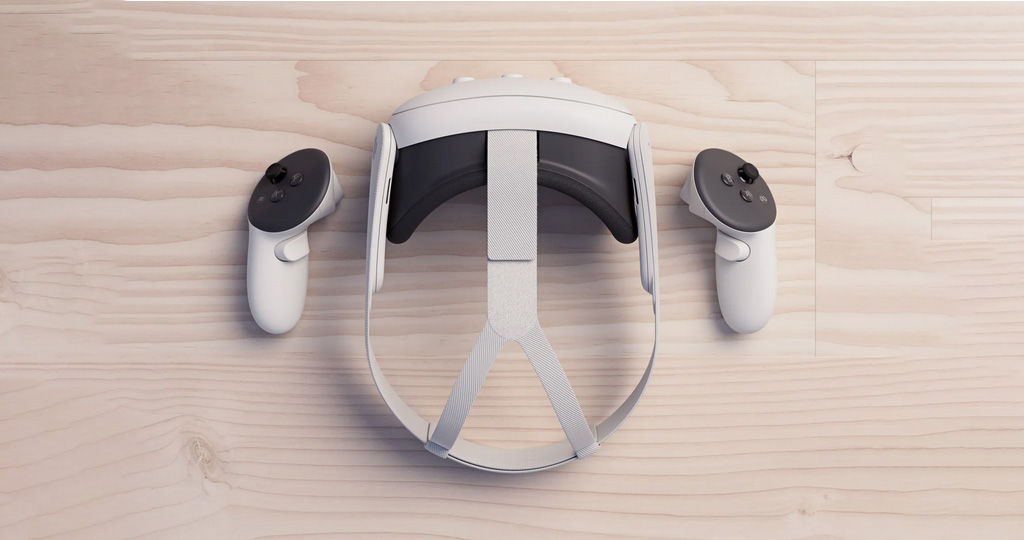
The correct VR hardware and platform are essential decisions that have a direct impact on the success of your training programme. Here’s how to make your decision:
VR Hardware Options: Begin by determining which VR headset and controllers are most suited to your training requirements. The type of headset you use is determined on the nature of your training. For example, if your training includes mixed reality or AR, you will need Quest 3 or the upcoming Apple Vision Pro headsets.
Considerations for VR Platforms: Next, assess and select a VR platform that is compatible with your training needs. Ascertain that the platform meets the technical standards and application capabilities required. There are various popular VR platforms to consider such as Steam VR and Meta Quest.
Step 3. Create Content for the Training
Customizing VR training content to meet the specific needs of your company is a critical component of the training process. Here’s how you do it:
Content Creation: Begin by developing or acquiring VR training content that is tailored to your specific industry and training goals. Ascertain that the content is designed to enhance the learning experience and is compatible with the immersive nature of VR training.
Professional VR Developer: Consider engaging VR agency if you lack the ability or experience to create a VR content for your training programme. Agency like Insightful3d Studio, based in Lagos, Nigeria are the type of professionals who have the knowledge and skills to create a wide range of contents, such as VR simulations, themed experiences, scenario-based training procedures, exhibitions, and virtual tours.
Step 4. Implement and Setup the VR Training Program
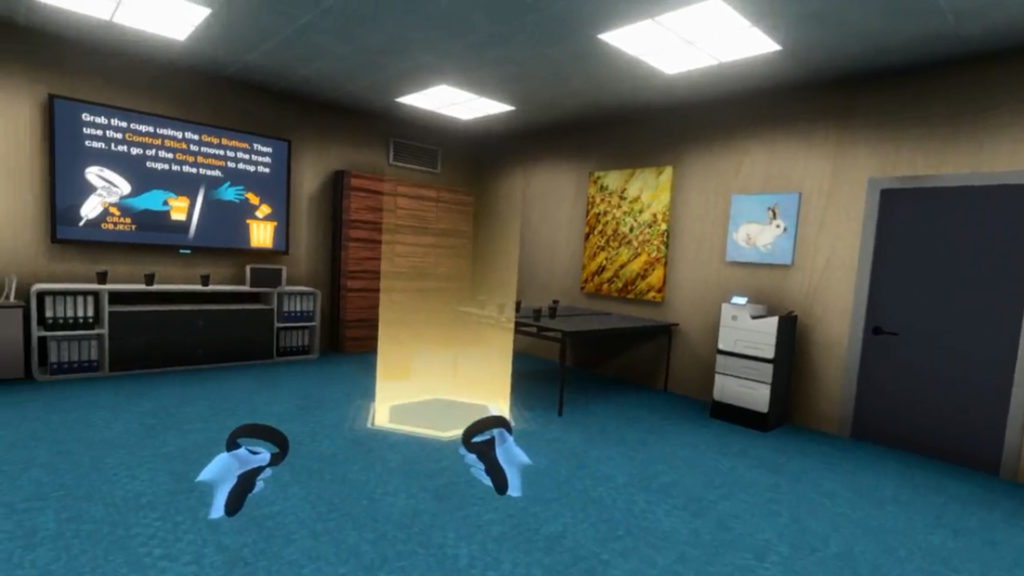
With your equipment, platforms, and content in place, it’s time to transform your vision into reality. Follow these crucial steps to implement and set up your VR training program:
Creation of VR Training Simulations: This phase involves the integration of all components to construct the VR training simulations. This process combines hardware, content deployment to to the VR devices to setup an immersive training experience for participants.
Training on Equipment and Tools: It is paramount to provide comprehensive training for participants on how to use the VR headset, controllers, and platforms effectively. Proficiency with the VR headsets and controllers is a fundamental prerequisite for a successful training program. Ensure that participants are well-versed in the operation of their VR equipment.
Practice Sessions: Organize practice sessions where participants can immerse themselves in the VR environment and become acquainted with the interface and navigation. The opportunity for extended practice fosters a sense of confidence and competence. The more familiar participants become with the VR system, the more effective their training will be.
Step 5. Assess the Effectiveness of the Training Program
The evaluation of the effectiveness of your VR training programme is a continuous and holistic procedure. The following are the important strategies to implement:
Metrics for User Performance: Continuously monitor and analyse user performance in the VR environment. Assess progress, recognise strengths, and identify opportunities for development. Use performance measures to quantify the effectiveness of training
Surveys and Feedback: Collect feedback from individuals who have participated in your virtual reality training programme. Their observations provide useful qualitative data that might throw light on the overall training experience. User feedback is useful for fine-tuning and improving the training programme.
Regular Updates: Embrace a culture of continual improvement. Use assessment results to inform regular updates and refinements to your VR content. Ensuring that your training remains relevant and effective is essential to its long-term success.
Looking for a VR/AR agency in Lagos, Abuja, Ibadan or anywhere in Nigeria? Insightful3d Studio is your preferred agency. Trusted by tens of top brands, we help you create immersive VR contents that meets your business objectives. Contact Insightful3d today or call +234 906 000 6378.
